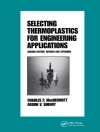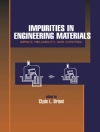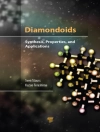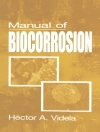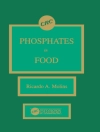Sustainable sources of energy and a supply of good quality water are two major challenges facing modern societies across the globe. Biomass from cultivated plants may be used to generate energy, but at the cost of contaminated surface waters from pesticide and fertiliser use.
This two-volume set examines the potential use of biomass as both a source of sustainable energy and a resource to tackle contaminated soils and wastewaters. Consideration is given to non-food crops, bacteria , and fungi as sources of biomass and the book enables the reader to identify the best local bioresources according to the desired application.
With contributions from across the globe, this is an essential guide to meeting the demand for energy and pollution remediation by exploiting local and renewable resources. The example scenarios given may inspire policy makers and local officers, while chemical engineers and environmental scientists in both academia and industry will benefit from the comprehensive review of current thinking and application.
Mục lục
Part A: Energetic Application;
Bacteria for bioenergy: Microbial Fuel Cells;
Bacteria for bioenergy: Biomethanisation;
Plantae and marine biomass for biofuels;
Plantae and marine biomass derived porous materials for electrochemical energy storage;
Biomass-based renewable energy systems;
Part B : Pollution Remediation;
Plantae and marine biomass for water treatment;
Plantae and marine biomass for soil treatment: Phytoremediation;
Microorganisms for water treatment;
Microorganisms for soil treatment;
Biological waste gas treatment
Giới thiệu về tác giả
Sarra Gaspard, Ph.D., is Professor in chemistry and Vice-Dean of the Exact and Natural Sciences Faculty at the University of the West-Indies and French Guyana (French West-Indies). She graduated from the University Orsay Paris XI, France, with a Ph D in Bioinorganic chemistry (1993). From 1993 to 1995, she was a post-doctoral fellow at the bioinorganic chemistry laboratory of the University of Pavia (Italy). Then, she had a research assistant position at the EAWAG (Swiss Federal Institute for Environmental Science and Technology) of the ETH Zurich (Switzerland) from 1995 to 1998. She was Associate Professor at the University of the West Indies and Guyana in 1999 and then a full Professor since 2009. She is member of the COVACHIMM Laboratory. She has 20 years of experience in bioprocess engineering, especially on the use of biological systems such as bacteria and enzymes for degradation of chemicals and the interactions between activated carbons and pollutants. Her research works deals on adsorption in aqueous phases with activated carbon or biopolymers, enzyme characterization and metabolism and environmental microbiology, preparation of activated carbons for supercapacitors.


